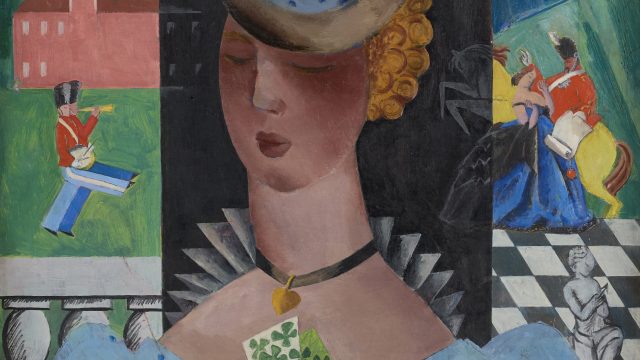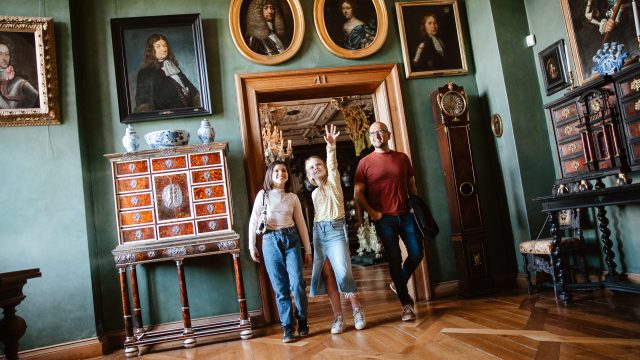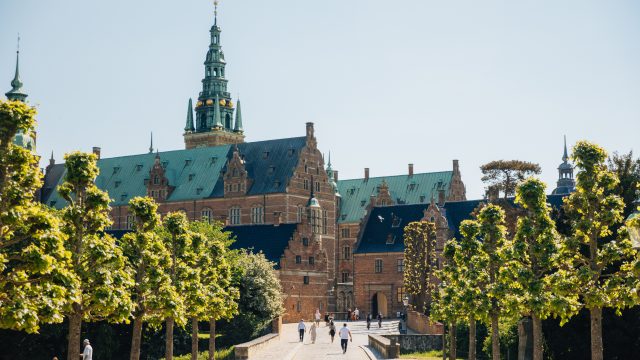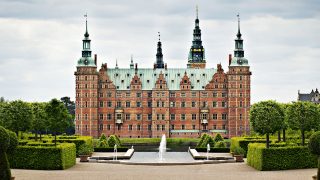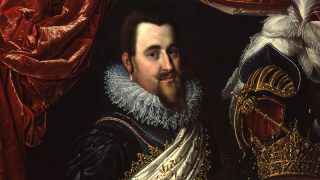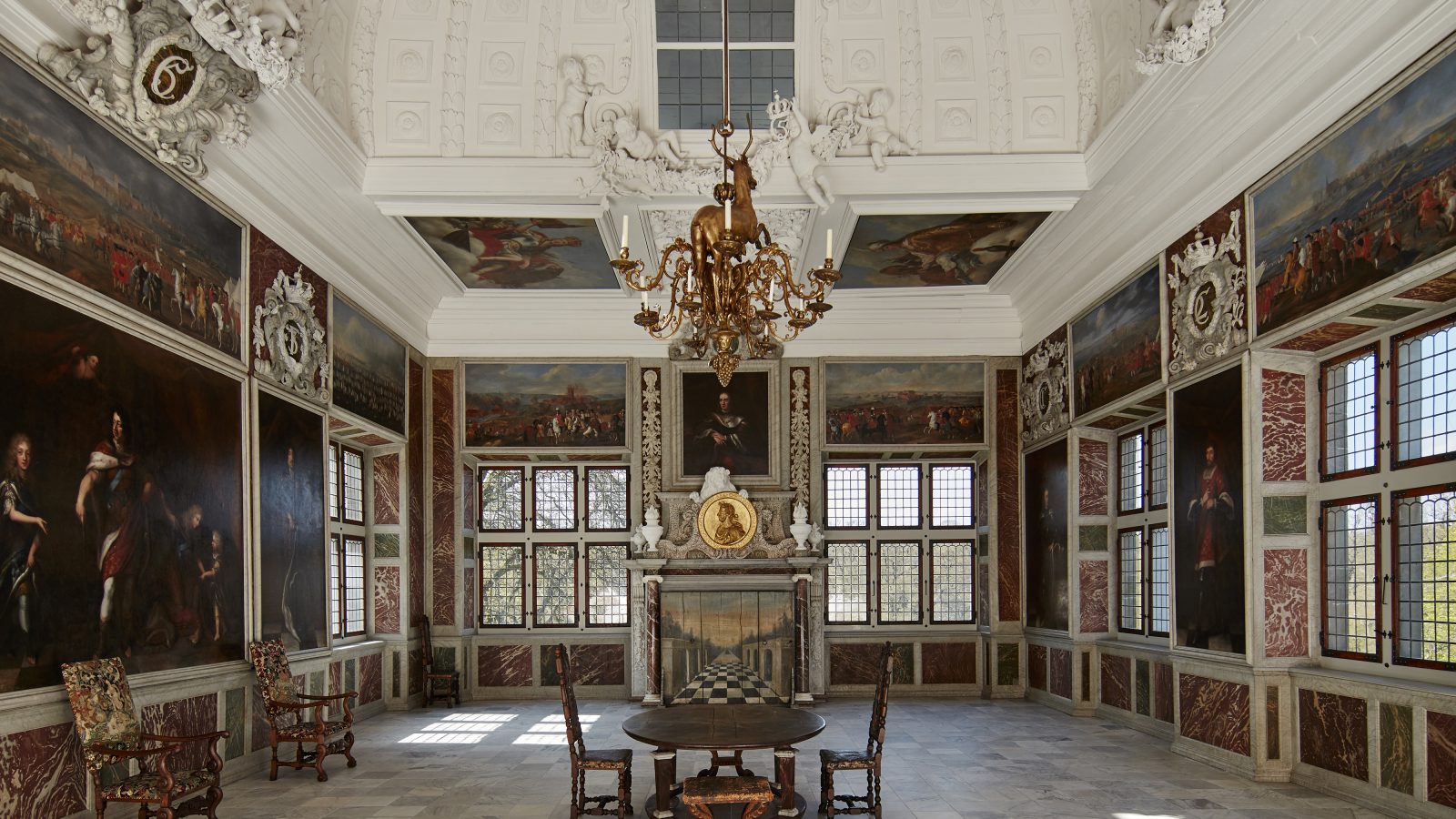
A Tour of the Museum
Buy ticketAt Frederiksborg visitors can discover several impressive halls and splendid rooms, the biggest collection of portraits and an extensive range of history paintings that depict important events in the history of Denmark. Visitors can walk through a chronological account of 500 years of Danish history. The account of Denmark’s history extends right up until the present day with an exhibition about the 20th and 21st centuries.
The Rose
The Rose is the first room you walk through on your tour of the Museum. The Rose is a recreation of the dining room from the time of King Christian IV. Extending from the Rose is a tower room, where an introductory exhibition presents the history of the Castle and the Museum. This makes an excellent place to start your visit.
From the tower room there is access to the lower secret passageway, where there is an exhibition of sculptures and reliefs from the Castle’s original decoration, along with archaeological finds from excavations on the area near the Castle.
500 Years of Danish history
Room 25 on the 1st floor features the start of the chronological account of the past 500 years of Danish history. The history of Denmark is told through portraits, history paintings, furniture and applied art. Along the way visitors encounter people and events that helped shape the history of the country from the Late Middle Ages to the 21st century. You get a very clear sense of how life went on in the historic rooms.
The Castle Chapel and the King’s Oratory
King Christian IV’s beautiful, original Renaissance chapel serves as Knights’ Chapel for the two Danish orders: the Order of the Elephant and the Order of the Dannebrog. It is adorned with the coats of arms of the Knights of the Order of the Elephant and the Grand Commanders of the Order of the Dannebrog. New coats of arms are regularly added.
The upper level of the Chapel, the Gallery, boasts a wonderful view of the Chapel’s space. At the southern end of the Chapel is the old Compenius organ, which is more than 400 years old. Every Thursday throughout the year there is a 30-minute organ recital at 13.30.
The King’s Oratory was severely damaged in the castle fire of 1859. Only the altarpiece and the table were saved. The Prayer Chamber was recreated to look as we believed it originally looked and is decorated with 23 motifs from the life of Christ, painted by the artist Carl Bloch between 1865 and 1879.
Room 22
Room 22 contains a number of history paintings depicting scenes from the Middle Ages. These include Otto Bache’s famous painting, The Conspirators Riding Away from Finderup after Murdering King Erik Klipping in 1286 (1882) and Laurits Tuxen’s painting, The Taking of Arkona by Valdemar the Great and Bishop Absalon in 1169 (1894).
The Audience Chamber
The tower room in the corner of Room 22 leads to the Privy Passage and the exceptional Audience Chamber. The Audience Chamber and the Privy Passage were designed for the absolute monarch, King Christian V in the 1680s after French and Italian models, and are some of the finest original Baroque interiors in Europe.
The Audience Chamber reopened in 2016 after a radical restoration.
The Great Hall
The wonderful Great Hall is located on the 2nd floor above the Castle Chapel. The Great Hall is a replica of the hall in the time of King Christian IV, equipped with all the magnificence the King had at his disposal. In addition to the hall, which is impressive in itself, visitors can see beautiful tapestries and portraits of the members of the House of Glücksburg, including Niels Strøbek’s paintings, Three Generations, a portrait of Queen Margrethe, Crown Prince Frederik and Prince Christian and Three Life Stages, a portrait of Prince Henrik.
The 20th and 21st Centuries
The 3rd floor features the history of the 20th and 21st centuries, presented in the shape of portraits, history paintings and furniture of the period. So the account of the history of Denmark extends right up to the present day.
The Photographic Gallery
The Photographic Gallery is an extension of the exhibition about the 20th and 21st centuries on the 3rd floor. The gallery features temporary exhibitions and selected photographic artworks from the Museum’s collection.
